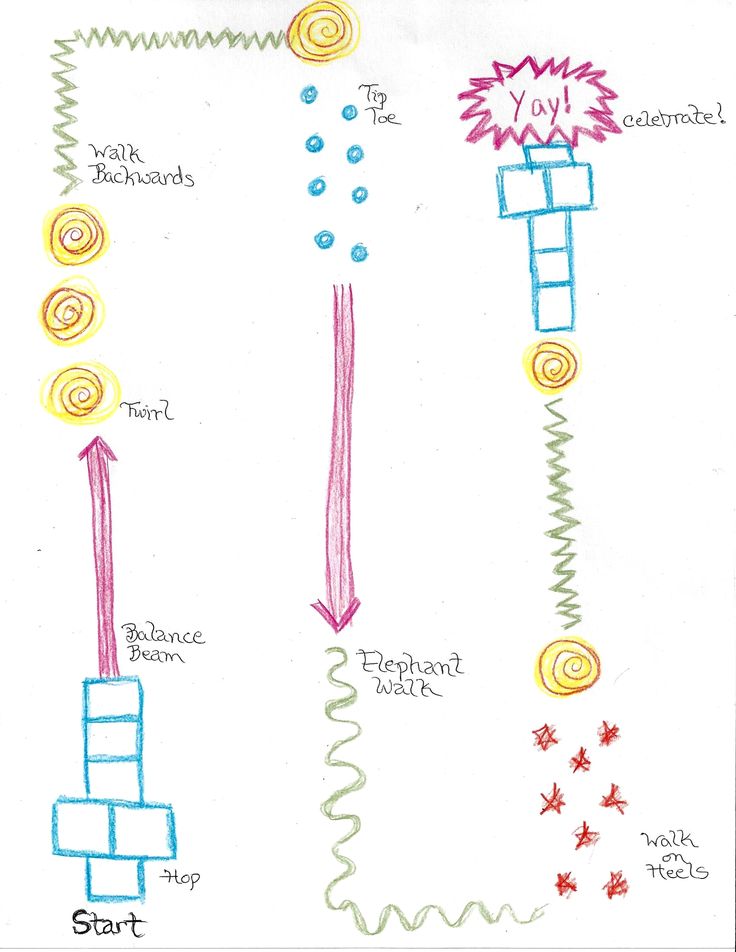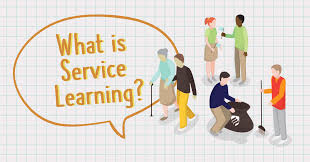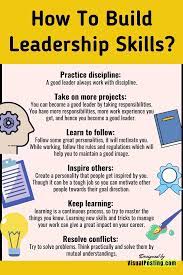Introduction:
Sensory play is a vital aspect of a child’s development, as it enhances their cognitive, physical, and motor skills. One engaging and interactive way to incorporate sensory play into a child’s life is through obstacle courses. Here are 23 perfect sensory play obstacle course ideas that can be easily set up at home or school to stimulate children’s senses and keep them entertained.
1.Bubble Wrap Runway: Lay out a long piece of bubble wrap on the floor and let children walk, crawl or jump on it to enjoy the popping sounds and sensation.
2.Water Balloon Walk: Fill small balloons with water and have children step on or squeeze them while navigating through the course.
3.Sensory Bin Crawl: Set up bins filled with different materials (sand, dry rice, water beads) that children can crawl through and explore using their hands.
4.Balance Beam: Use a sturdy plank or balance beam for children to practice balancing while walking across.
5.Scented Path: Spray various scented objects with different essential oils for kids to identify smells along the obstacle course.
6.Tactile Wall: Create stations with various textures like sandpaper, foam boards, or soft fabric for children to feel as they pass by.
7.Blindfold Walk: Blindfold the child and have them navigate through the course using only their sense of touch and guidance from others.
8.Sound Stations: Set up stations with different noise-making toys or objects for children to discover along the pathway.
9.Art Crawl: Have children use their hands/feet to paint a surface by navigating through paint-filled trays positioned along the course path.
10.Pool Noodle Maze: Create a maze using pool noodles by attaching them vertically or horizontally in various arrangements throughout the obstacle course.
11.Sticky Paper Walk: Lay down contact paper with the sticky side up and have children walk over it, feeling its stickiness and collecting objects underneath their feet.
12.Shaving Cream Walk: Fill a shallow tray with shaving cream and let your kids walk or crawl through it for a delightful sensation.
13.Silly Hat Relay: Let children wear different textured or funny hats while going through the obstacle course.
14.Flashlight Find: Place small objects throughout a darkened room and let kids navigate the course using flashlights to find them.
15.Musical Obstacle Course: Play music as children go through the obstacle course, changing the rhythm of background music to influence their speed or movements.
16.Bean Bag Toss: Set up targets throughout the course for children to throw bean bags at and promote hand-eye coordination.
17.Tunnel Crawl: Set up tunnels made of fabric or large cardboard boxes for kids to crawl through as part of the obstacle course.
18.Feather Balance Relay: Kids can balance a feather on their finger or nose while navigating the course.
.19String Maze: Create a web of string throughout the obstacle course, which children must duck under, step over, or follow to navigate.
20.Light and Shadow Play: Set up materials like colored cellophane, flashlights, and translucent objects to create captivating shadow projections throughout the course.
21.Textured Gloves: Have kids wear gloves with different textures as they go through each obstacle to engage their sense of touch more dynamically.
22.Ice Cube Station: Set up a tray with ice cubes for children to hold them with their bare hands for as long as they can while moving along the obstacle course.
23.Sensory Hula Hoop Loop: Place multiple connected hula hoops on the ground for kids to step in while simultaneously holding onto one another’s shoulders in a loop formation.





